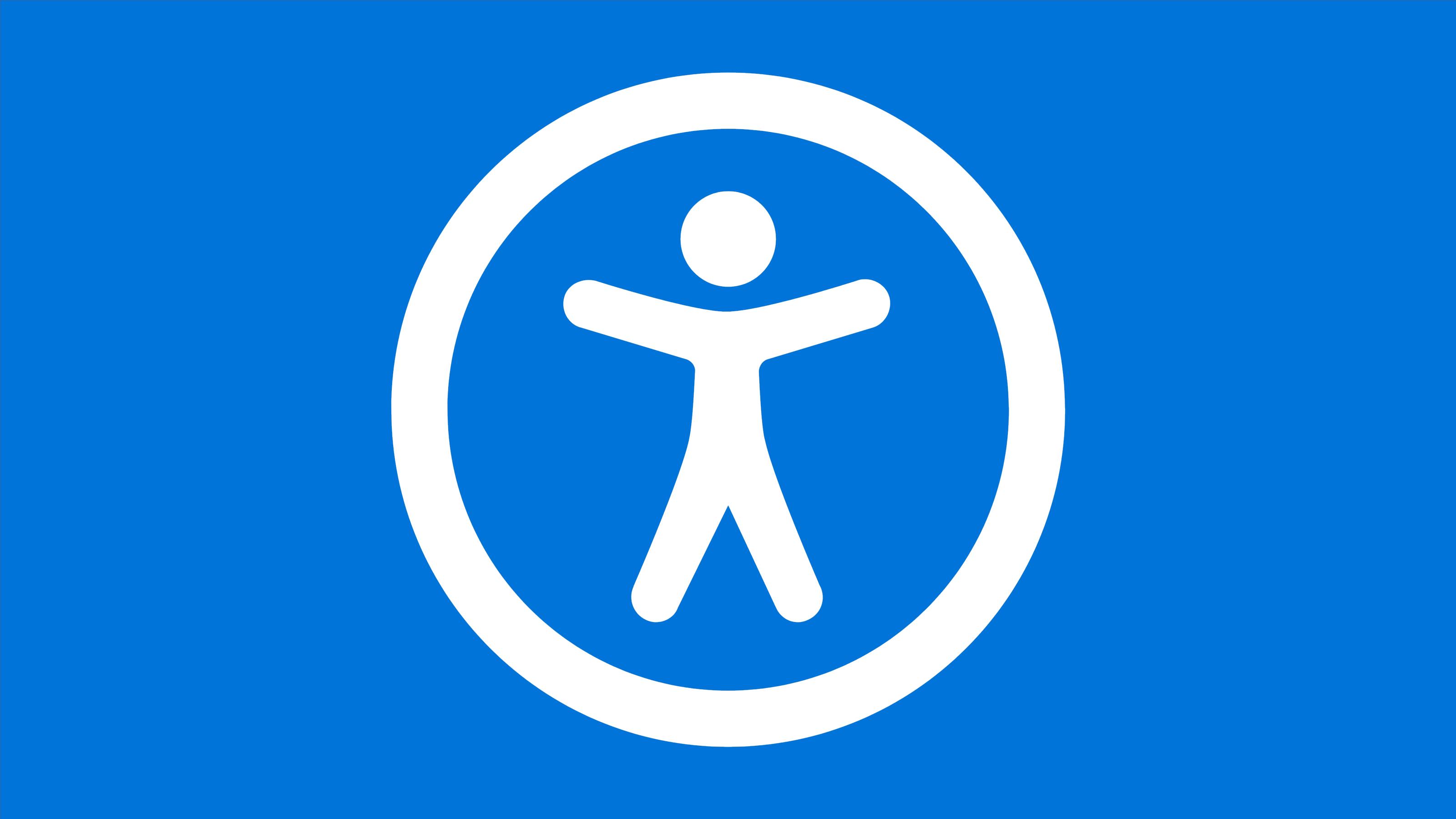Disability Rights & Accessibility Laws, Internationally
What international declarations and treaties affect the rights of people with disabilities?

Contents
The Universal Declaration of Human Rights
The Universal Declaration of Human Rights was accepted by the United Nations General Assembly on December 10, 1948. Now, December 10th is celebrated annually as Human Rights Day. (That’s just a few days after December 3rd, the International Day for Persons with Disabilities.)
The declaration is the foundation of international human rights law. While the declaration itself is not legally binding, its contents have been incorporated into binding treaties and laws. I think the declaration is fairly readable and approachable, and it isn’t that long either.
Article 2 reads:
Everyone is entitled to all the rights and freedoms set forth in this Declaration, without distinction of any kind, such as race, colour, sex, language, religion, political or other opinion, national or social origin, property, birth or other status. Furthermore, no distinction shall be made on the basis of the political, jurisdictional or international status of the country or territory to which a person belongs, whether it be independent, trust, non-self-governing or under any other limitation of sovereignty.
That is, everyone is entitled to the rights listed in the declaration. The word “everyone” would necessarily include people with disabilities, even though the declaration doesn’t explicitly mention them. Of note, however, is article 25, which reads in part:
Everyone has the right to a standard of living adequate for the health and well-being of himself and of his family, including food, clothing, housing and medical care and necessary social services, and the right to security in the event of unemployment, sickness, disability, widowhood, old age or other lack of livelihood in circumstances beyond his control. (Emphasis added.)
So, under article 25, people with disabilities do explicitly have a right to security.
Article 23 states that “everyone has the right to work,” and article 26 states that “everyone has the right to education.” I would argue that disability justice and accessibility are necessary pre-conditions for people with disabilities to exercise these rights.
Declaration on the Rights of Disabled Persons
In 1975, the United Nations General Assembly passed the Declaration on the Rights of Disabled Persons. Like the Universal Declaration of Human Rights, this is a non-binding declaration. However, unlike the Universal Declaration of Human Rights, this declaration explicitly proclaims the rights of people with disabilities.
Similar to the Universal Declaration of Human Rights, the Declaration on the Rights of Disabled Persons doesn’t explicitly mention accessibility or technology, but I would argue that accessibility is vital to realizing the rights set forth, particularly proclaimation 8, which reads:
Disabled persons are entitled to have their special needs taken into consideration at all stages of economic and social planning.
(Another declaration of note might be the Declaration on the Rights of Mentally Retarded Persons, which the UN passed in 1971.)
Convention on the Rights of Persons with Disabilities
The Convention on the Rights of Persons with Disabilities (CRPD) is a binding human rights treaty. (Hurrah!) It was adopted in 2006 and came into force in 2008. US President Barack Obama signed the treaty in 2009, but the US has not yet ratified the treaty. According to the UN:
The Convention follows decades of work by the United Nations to change attitudes and approaches to persons with disabilities. It takes to a new height the movement from viewing persons with disabilities as “objects” of charity, medical treatment and social protection towards viewing persons with disabilities as “subjects” with rights, who are capable of claiming those rights and making decisions for their lives based on their free and informed consent as well as being active members of society.
The CRPD really is very awesome. Article 3 states the general principles behind the CRPD, one of which is accessibility. As a binding treaty, the CRPD obligates countries to take certain actions, such as adopting legislation, prohibiting discrimination, and supporting and providing accessible information, services, and technology. The CRPD also requires monitoring and reporting to help make the Convention operational and impactful. The UN’s FAQ on the Convention reads:
The Convention not only clarifies that States should not discriminate against persons with disabilities, it also sets out the many steps that States must take to create an enabling environment so that persons with disabilities can enjoy real equality in society. For example, the Convention requires States to take measures to ensure accessibility of the physical environment and information and communications technology.
The CRPD is a binding treaty concerning the rights of persons with disabilities, and it explicitly mentions accessibility, universal design, and assistive technology. It says that denial of a reasonable accommodation constitutes discrimination. It’s an international milestone, partly enabled by the digital accessibility revolution.
There is also an optional protocol to the Convention which authorizes the UN’s Committee on the Rights of Persons with Disabilities to receive and monitor purported violations of the Convention.
Marrakesh Treaty
The full title of the Marrakesh Treaty tells you its purpose: The Marrakesh Treaty to Facilitate Access to Published Works for Persons who are Blind, Visually Impaired, or Otherwise Print Disabled. That is, the Marrakesh Treaty creates limitations and exceptions to copyright laws so that accessible versions of books (and other copyrighted materials) can be created for people with print disabilities. The treaty also allows those accessible texts to be exported and imported across national boundaries.
The treaty was adopted by the World Intellectual Property Organization (WIPO) in Marrakesh, Morocco, in 2013 and entered into force in 2016. The United States ratified the Marrakesh Treaty in 2018.
If you’re interested in this treaty, check out the Accessible Books Consortium or read this article on WIPO’s website: “Limitations and Exceptions: Access to Books for the Visually Impaired.”